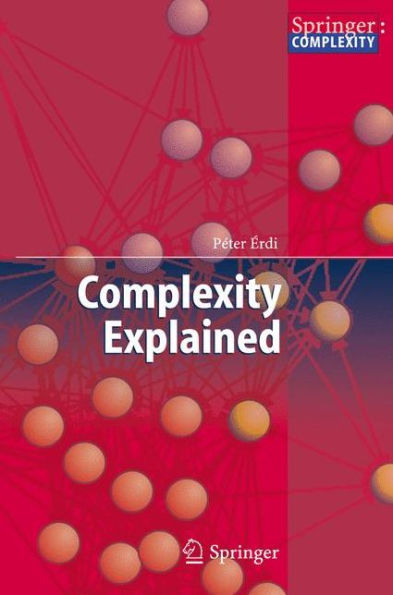Home
Complexity Explained / Edition 1
Loading Inventory...
Barnes and Noble
Complexity Explained / Edition 1
Current price: $199.99


Barnes and Noble
Complexity Explained / Edition 1
Current price: $199.99
Loading Inventory...
Size: OS
*Product Information may vary - to confirm product availability, pricing, and additional information please contact Barnes and Noble
This book is, of course about complexity. The title of the book, as you may recognize was motivated (excuse me for using this very mild expression) by Daniel Dennett’s Consciousness Explained [130]. Dennett’s intention was to explain consciousness as the emergent product of the interaction among c- stituents having physical and neural character. The goal of this book is to explain how various types of complexity emerge due to the interaction among constituents. There are many questions to be answered, how to understand, control, decompose, manage, predict the many-faced complexity. After tea- ing thissubjectforseveralyearsIfeelthatthe time hascome toputthe whole story together. The term “complex system” is a buzzword, but we certainly don’t have a single definition for it. There are several predominant features of compl- ity. Complex processes may show unpredictable behavior (which we still try to predict somehow), may lead to uncontrolled explosion (such in case of epilepsy, earthquake eruptions or sk market crashes). One of the char- teristic feature of simple systems is, that there is a single cause which implies a single effect. For large class of complex systems it is true that effects are fed back to modify causes. Biological cells belong to this class. Furthermore they are open to material, energetic and information flow by interaction with their environment, still they are organizationallyclosed units. Another aspect of complexity is the question how collective phenomena emerge by some se- organized mechanisms.

















